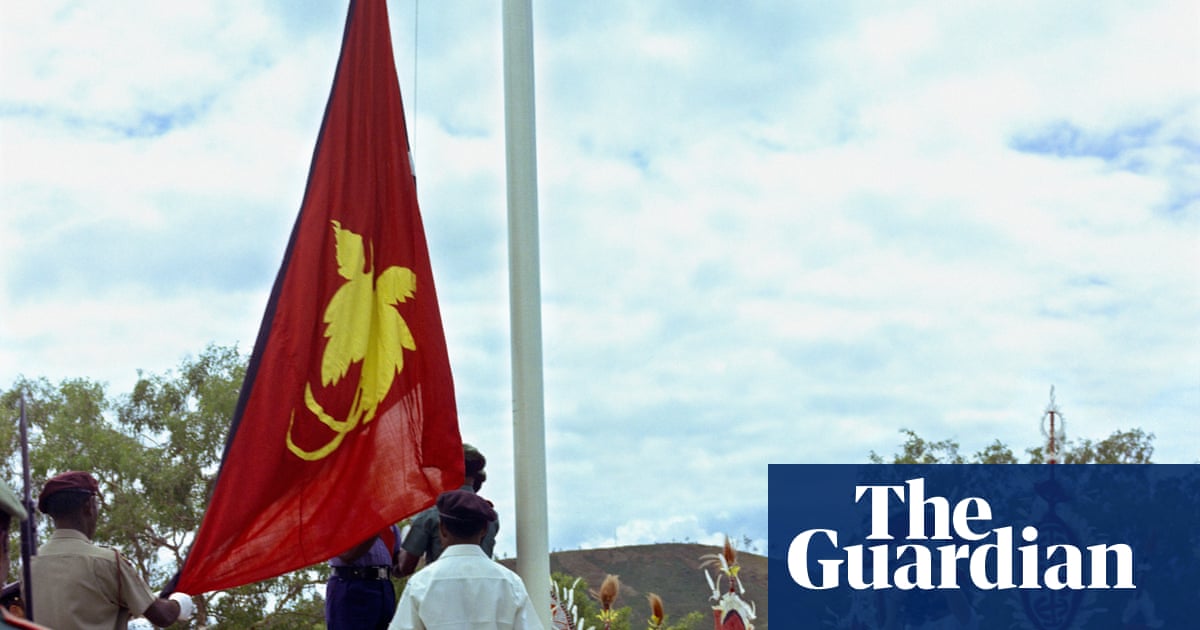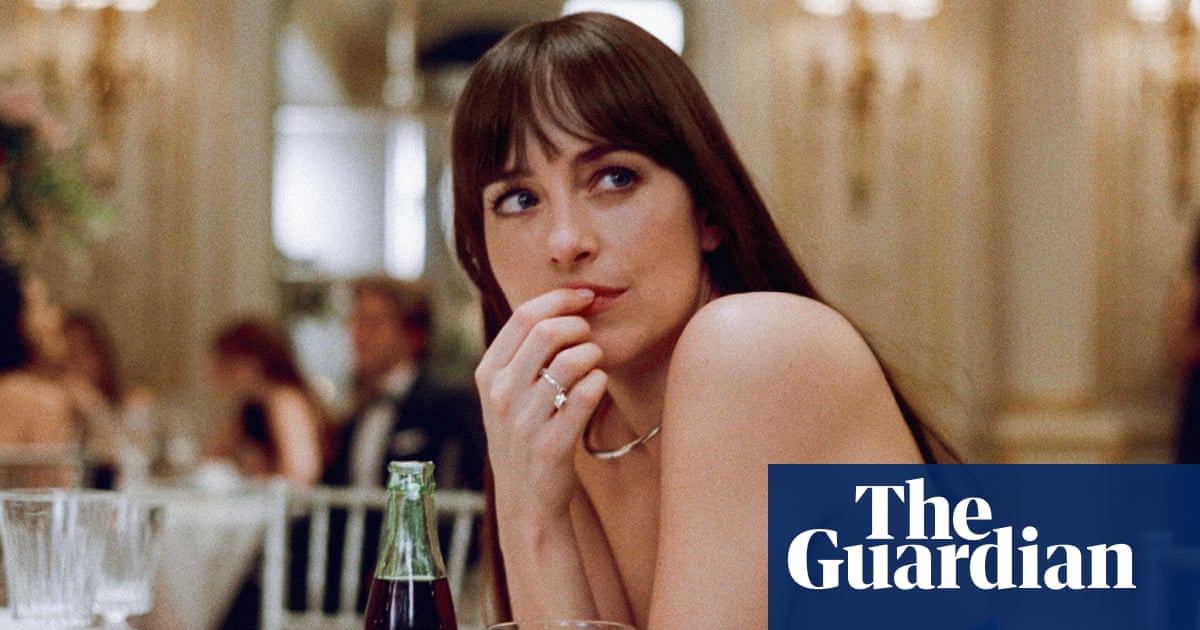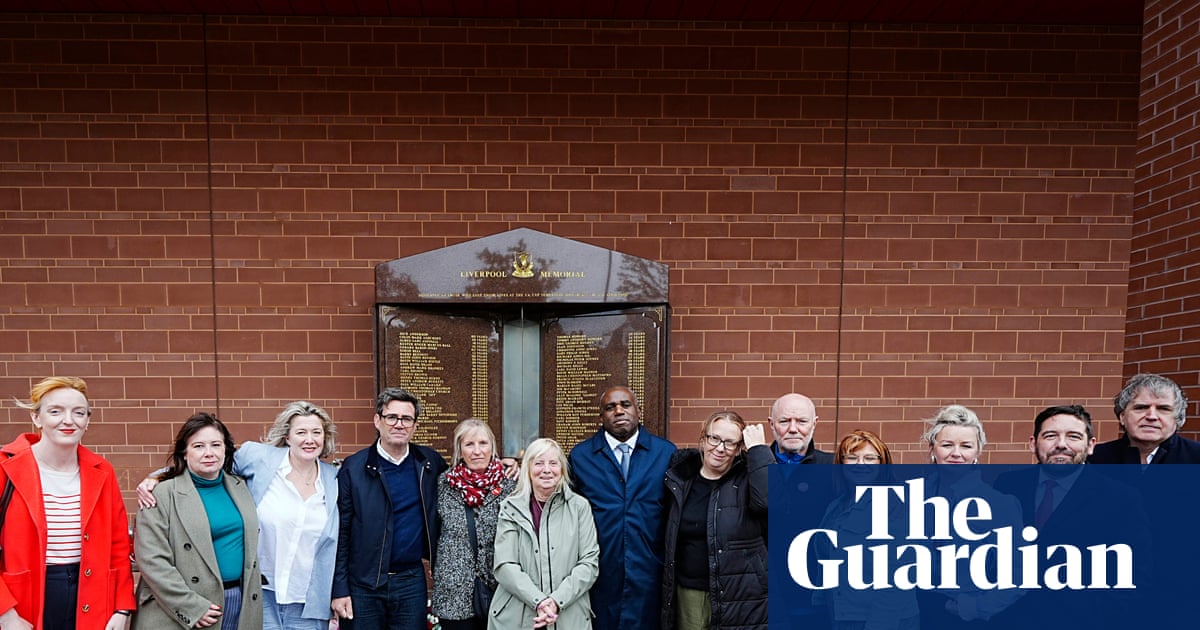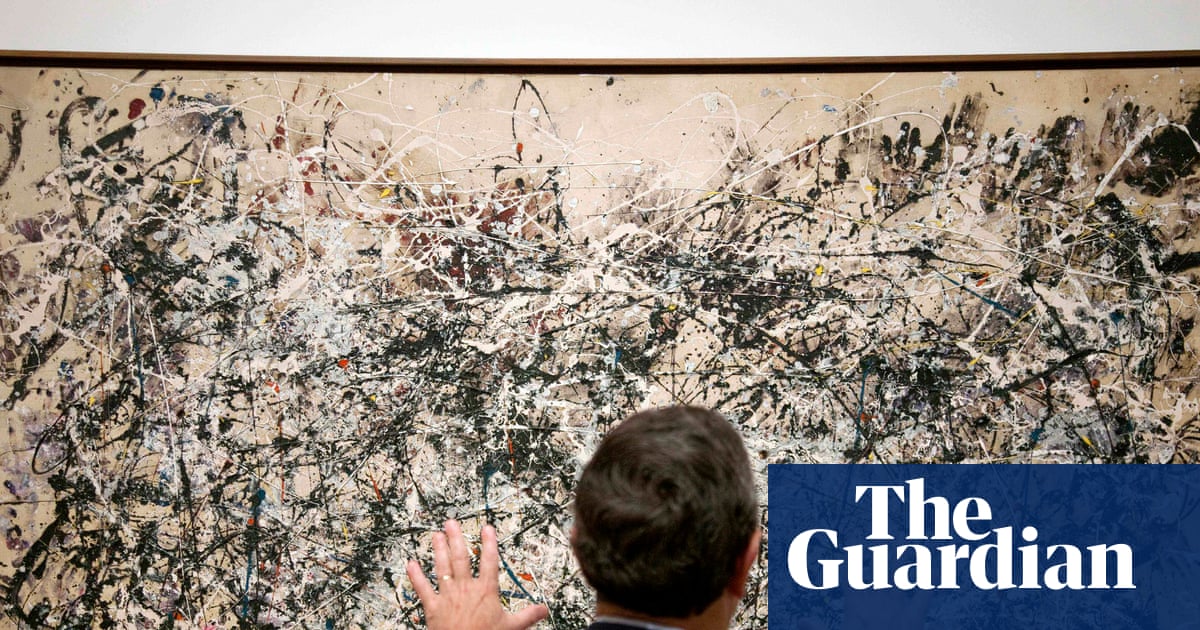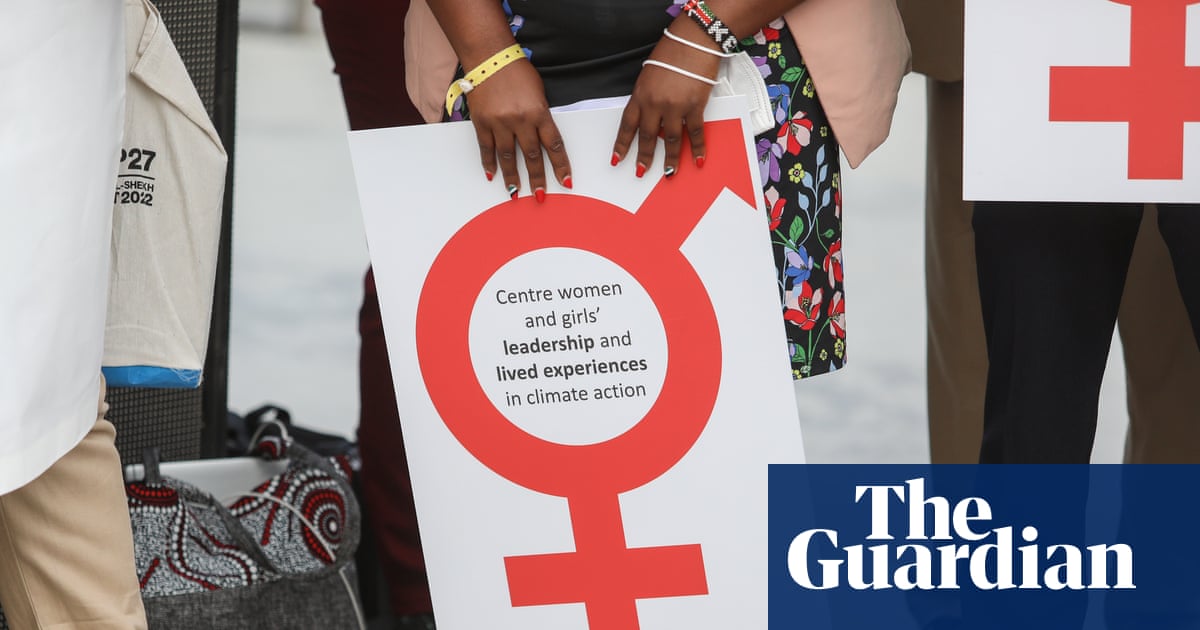An artist whose work was part of the first wave of abstract art to hit the UK and presaged the climate breakdown protests as well as debates over the legacies of British colonialism is undergoing an “overdue” reappraisal, according to experts and critics.
Aubrey Williams, a Guyanese artist who moved to Britain in the 1950s, was a respected figure in his lifetime and the subject of several exhibitions in the UK. But after his death from cancer in 1990, the artist’s influence and the legacy of his abstract painting has slowly faded from view in Britain.
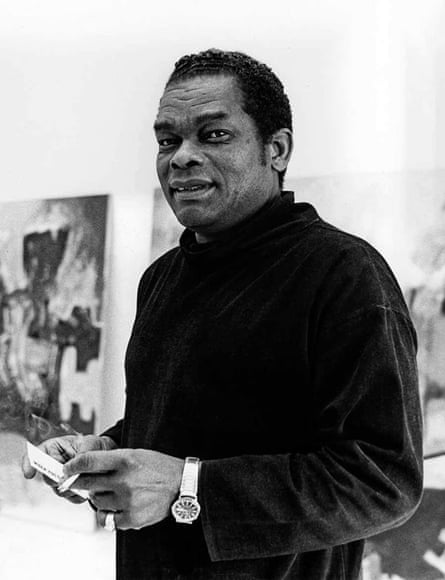
“His work was very dramatic with the huge canvases, and the colour was intense always,” says Chili Hawes of October Gallery, the institution that represented Williams during his lifetime. “There was nothing pale about his work. He loved the drama; he loved the colour.”
Williams spent most of his time in the UK after arriving in 1952 and also had studios in Miami and Jamaica. He mingled with art’s great and good, once meeting Picasso in Paris after being introduced by Albert Camus. “He said that I had a very fine African head and he would like me to pose for him … he did not think of me as another artist,” was how Williams recalled the meeting.
Despite Picasso’s dismissal, Williams was a key player in the Caribbean Artists Movement (Cam), which emerged in the mid-1960s in Britain and was founded by West Indian artists, authors and playwrights. Cam had two main aims: forcing their work into the mainstream and debating what black art should be in the post-colonial 20th century.
Alongside the likes of John La Rose, Althea McNish and Edward Kamau Brathwaite, Williams took part in small meetings, dubbed “warshis” by Williams, an Amerindian word he encountered in Guyana, which meant meetings where people “unburdened” themselves.
“He was one of the ideas men in Cam,” says the academic Malachi McIntosh, who is currently writing A Revolutionary Consciousness: Black Britain, Black Power, and the Caribbean Artists Movement, a new history of Cam, for Faber.
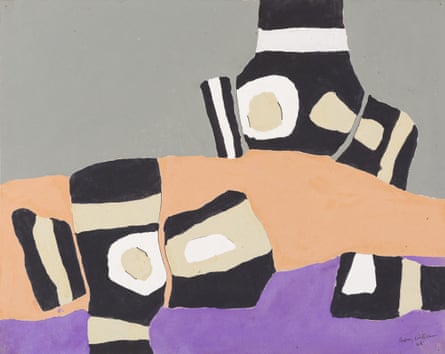
“The big schism that broke Cam apart was between people who were saying art needs to be engaged in the community. Others, including Williams, said artists need to have complete freedom,” McIntosh added.
As with his fellow Guyanese artist Frank Bowling who had his first major retrospective at Tate Modern in 2019, and McNish, who had her own major touring exhibition in 2022, Williams has undergone a resurgence in interest.
In 2010, his work was included in a landmark Afro Modern show at Tate Liverpool; and between 2022 and 2024 there was a room dedicated to his work. At last year’s Frieze Masters, Williams was given a coveted place in the “Spotlight” section, with curators billing him as someone who had “taken painting into new territories”.
Earlier this year Yale University Press released a book that was co-edited by his daughter Maridowa Williams and included critical responses to his work, diary entries and poetry.
“There has been such a shift in the reception of those artists,” says Hawes. “But Aubrey needs to be paid particular attention to, because he was ahead of his time. He talked about ecological matters … I think now is his time, in a sense.”
October Gallery’s artistic director, Elisabeth Lalouschek, points out that Williams’s work would also take all sorts of turns, such as his interest in the Russian composer Dmitri Shostakovich. “When you look at the symphonies of Shostakovich he was trying to paint music in colour and in form, which is, of course, a very difficult task,” she says.
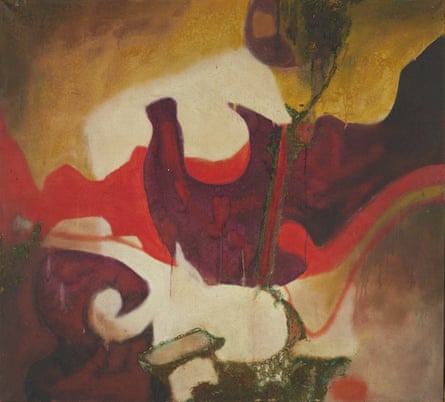
A new exhibition of Williams’s work is opening this week at October Gallery, which takes in several decades of his work and explains how he was hugely influenced by his time working as an agronomist in Guyana.
He initially came to Britain to study agricultural engineering at Leicester University, and his interests in ecological matters and the ancient cultures of the Mayan, Aztec and Olmec cultures was a regular feature in his art.
The author Anne Walmsley, wrote in her Guardian obituary of Williams, that his “enquiring mind is continually focused on the relationship between man and nature, and the mythological mysteries echoed in artefacts of past civilisations”.
-
Aubrey Williams: Elemental Force is on at October Gallery, 22 May to 26 July

 3 months ago
96
3 months ago
96

